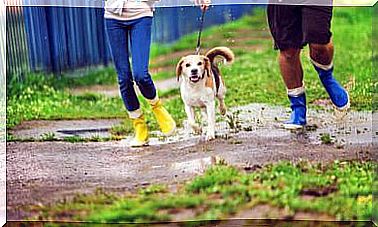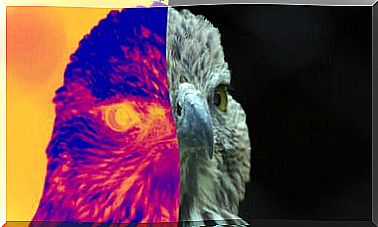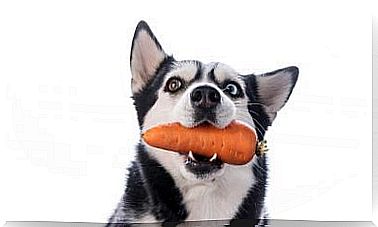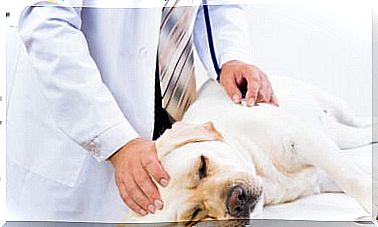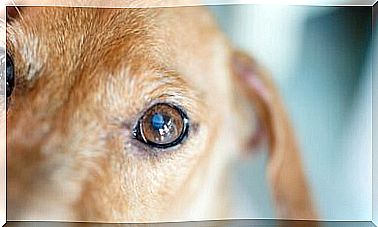4 Abnormal Behaviors In Dogs

Knowing what behaviors are normal in the domestic dog is as important as recognizing signs of disease. By knowing what abnormal behaviors in dogs are cause for alarm, you can ensure that both their minds and bodies are in perfect health.
Not necessarily all behavior that bothers the guardian has to be pathological, but it is important to pay attention to each and every one of the dog’s customs. Here you can read the 4 large groups of anomalous behaviors that exist, as well as several examples of each of them. Do not miss it.
What are abnormal behaviors in dogs?
We can define abnormal behavior as one that is detrimental to the welfare or survival of the animal, either due to its lack of purpose, repetition or potential for injury. However, abnormal behaviors in dogs often stem from other behaviors that occur in their daily lives, such as feeding, grooming, or walking.
The problem with these behaviors is that they are exacerbated in some way: they become repetitive, they are harmful to the animal – such as compulsive nibbling – or other aspects that have negative consequences for it and for others.
These behaviors may have an organic origin, which should be ruled out by a veterinarian, or environmental – where some factor is causing stress or anxiety in the dog. Next, we present the 4 large groups of abnormal behaviors that exist in the canine world.
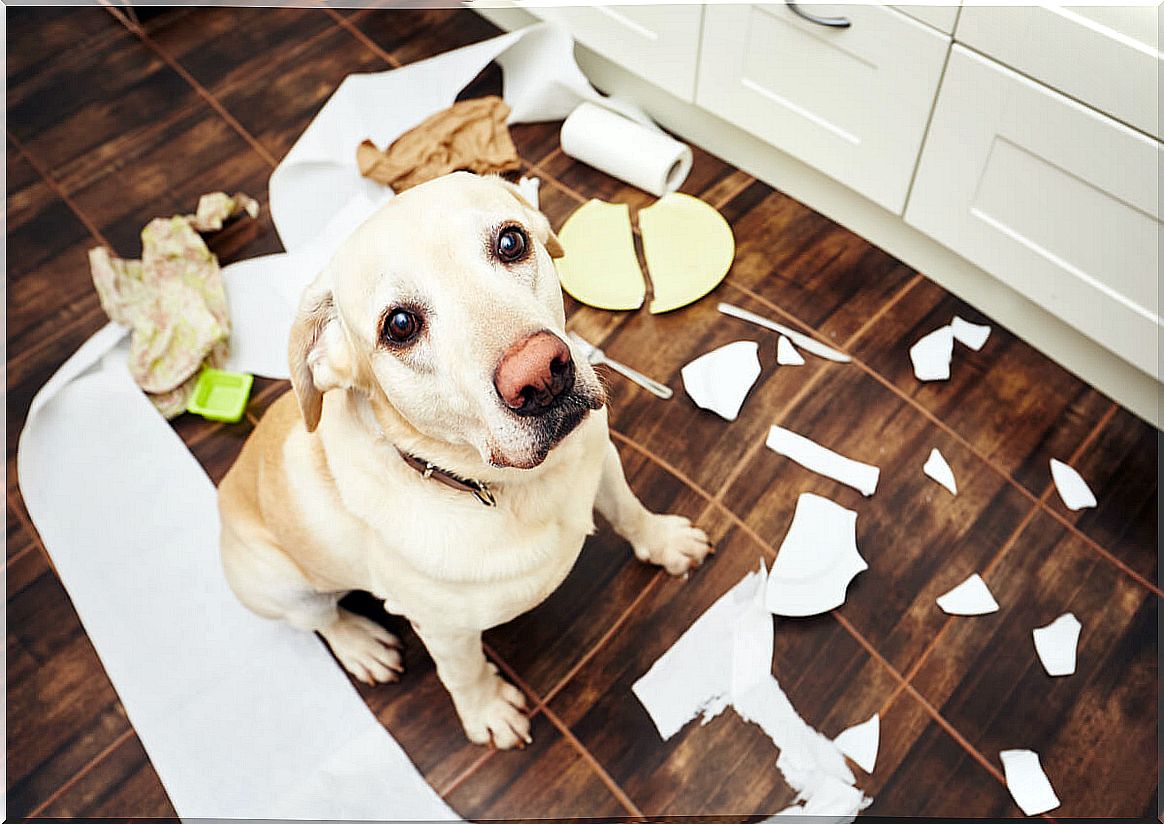
1. Abnormal grooming behaviors
Grooming is a very necessary form of relaxation and hygiene in dogs, and even a form of socialization when they do it to others. However, doing it nervously or for a long time are signs to pay attention to. These are the most common abnormal grooming behaviors when there is a disorder:
- Excessive licking.
- Chewing of some part of the body: limbs, tail, legs, etc.
- Grooming others compulsively.
When these behaviors appear, it is easy to find alopecia or wounds on the dog’s body. These are significant, especially when they are in places that the animal can easily access, such as the legs or the sides.
2. Abnormal ingestion
Both the absence of feeding and the excess can be abnormal behaviors in dogs. Here are the most common disorders associated with their eating habits:
- Anorexia: both losing your appetite and stopping eating something that you did eat before are behaviors that should be taken into account.
- Coprophagia: it is about ingesting feces, both own and of other animals.
- Ingesting objects that are not food or bites : stones, toys, sticks, etc.
They are very frequent behaviors in anxiety disorders. In addition, they can cause a large number of veterinary emergencies, such as impaction, bleeding or poisoning.
3. Abnormal behaviors due to hallucinations
These maladjustments are difficult to detect, as they can easily be mistaken for games or attributed to stimuli that humans cannot perceive. Examples of hallucinatory behaviors are:
- Stare fixedly at an empty spot.
- Hunting behaviors without an existing object.
- Chasing shadows or lights obsessively.
The frequency and intensity of the conduct will dictate whether expert intervention is necessary. The environment should be reviewed in case, indeed, such stimuli exist but are outside the range of perception of the tutor.
4. Stereotypies of locomotion
These abnormal behaviors are easy to observe, but no less troublesome. Here are the most common examples:
- Tail chasing: funny as it sounds, if it happens too often it can be pathological. If it also has a bite, it can cause injuries to the animal.
- Repetitive walks: always doing the same route, even always planting the legs in the same place, is one of the most striking stereotypes there is. You can also observe them in captive animals, such as zoos or circuses.
- Compulsive digging : digging is a normal behavior in dogs, which tend to bury objects or search for them underground, but too often this act can be indicative of pathology.
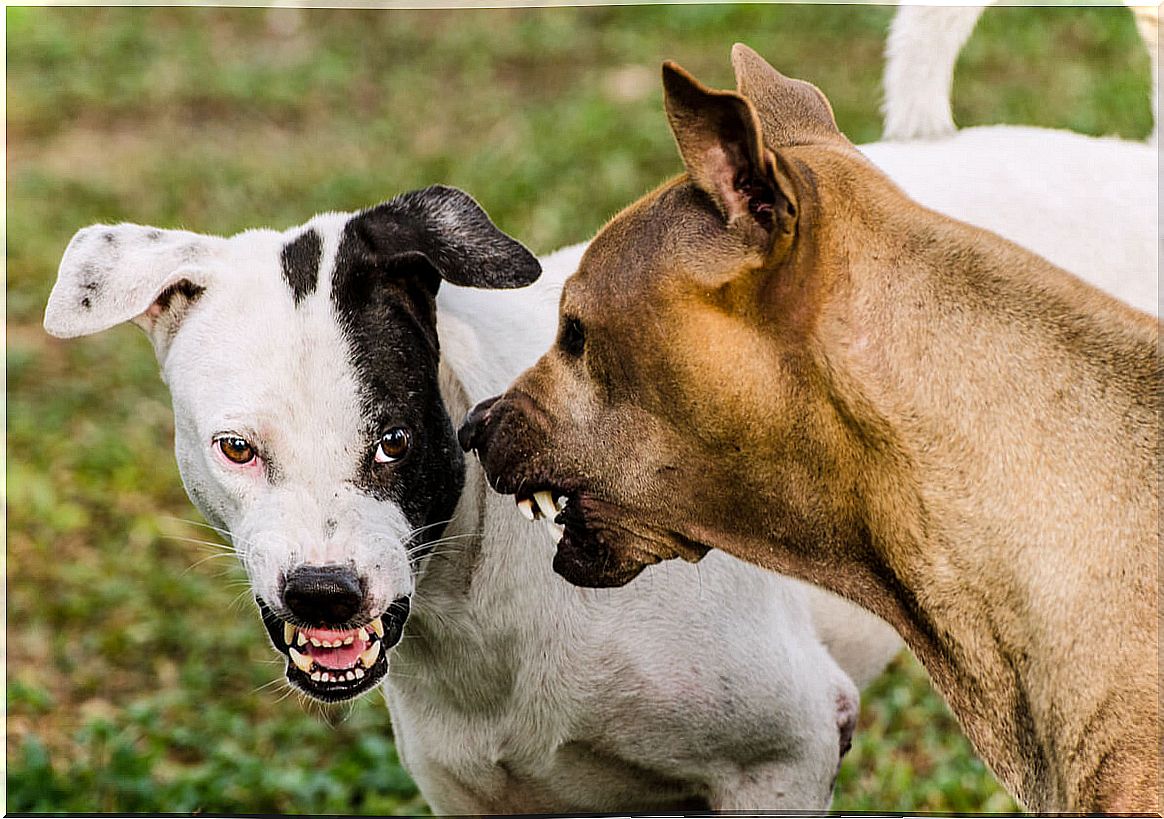
Abnormal behaviors in dogs: patience and help
The psychological well-being of non-humans is an issue that, in addition to entailing an extra difficulty —they cannot tell us what is happening to them in words—, is often diluted in ignorance.
This does not mean that organic disorders should be ruled out : in fact, they should be ruled out first so that the guardian can ensure that the necessary treatment is exclusively psychological. In many cases, the animal’s discomfort stems from a measurable physical problem.
Of course, going to an expert for either of the two areas is always the safest solution to guarantee that the dog is as happy as it could be, both physically and mentally.

